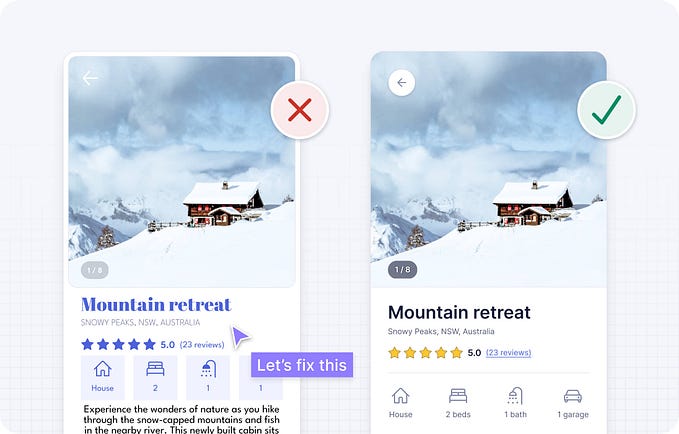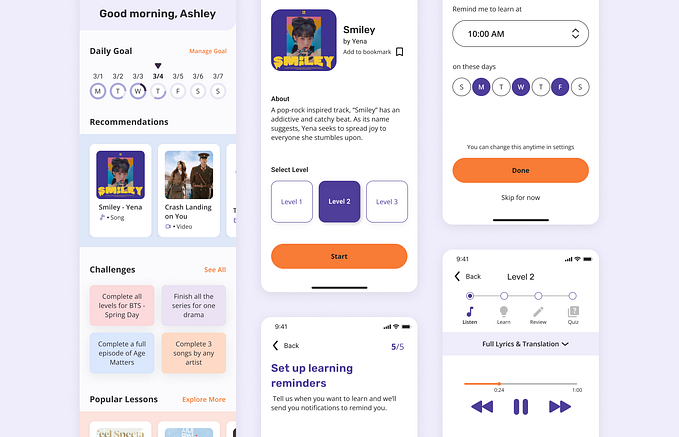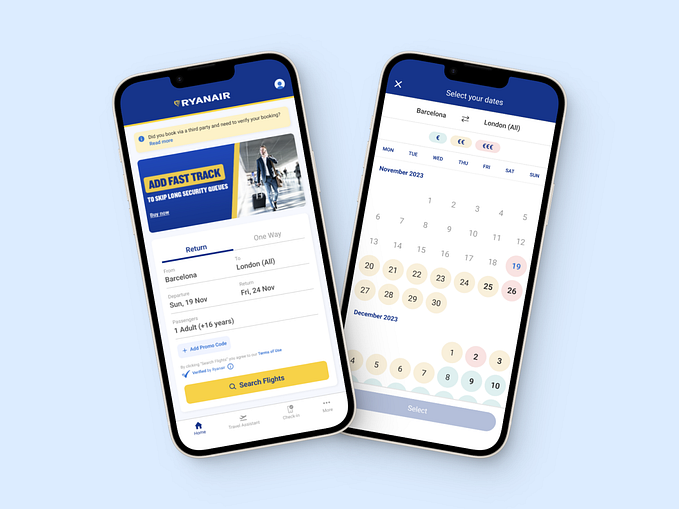Software Ergonomics
Design, in the terms of interface and user experience, is already at the heart of good software development. However, in recent years, while hardware innovations have skyrocketed, little has been achieved in prototyping new ways to engage the user in a software design.
Accessibility should already be designed into every software, I am discussing the enhancement of sensory experiences by creating immersive interactions for the user at each glance or touch. To me, that is Software Ergonomics.
This story is not meant to give solutions, but ideas on where work could be concentrated to achieve ergonomic libraries and APIs.
Thinking Visually
Thanks to the multitude of projects and standards available when it comes to coherent and user friendly UI/UX design, we are already racing towards visual ergonomics advancements.
Yet, there are still some uncharted territories to explore:
In cinematography, characters and props positioning is perfected to create ambience and provoke emotions in the viewer, which portions of the frame should be left empty is well thought out. That could possibly be used to encourage or discourage the user to take certain actions. This may be further developed by machine learning mechanisms that understand what the next action of the user will be and adjust the interface accordingly.

In the dance world, new pieces are studied thinking about where the choreographer wants the eye of the spectator to look at: an aggregation in a place may be tempting for the human eye, but if a dancer is singled out at a distance for some time, the eye will end up being drawn that way.

Time is essential; many art forms have taken advantage of that for centuries. It is limiting to think about UX in the complexity of a software. A user who opened the app just a minute ago might behave extremely differently than one that has been there for 5 minutes.
Social media platforms do some of that, but they limit their choices to the content that is served. Their interface remains unaltered, distant, stable.
This is far from saying that user behaviour tracking should persist: analysing fractions of seconds of user interactions could be enough to handle ergonomics. Keeping a history does not serve the purpose.
Hearing Right
When it comes to audio, positional audio could provide a huge improvement in virtual software immersion. On a more traditional device, enhancements could still be made.
In music, it is not uncommon to heavily differentiate sounds heard from the left and right side. This can be adopted in software.
Some operating systems display notifications on the top right corner of the screen, if notification sounds are enabled, I would expect the ring to only be heard from the right side. That could possibly be a helpful hint to look that way.
With virtual computing I would expect that sounds that reference specific parts of an application interface will be heard specifically from that direction thanks to positional audio. If I press a button, I would expect a “clicking noise” to come from that button direction alone. A modal opening could have a sound that follows the modal animation movement.
These could create sound immersion and make a software feel more physical than logical.
Feeling the Haptics
When it comes to haptics, haptic feedback is constrained by hardware limitations. In this field, I would expect enhancements in hardware capabilities to open new possibilities. In the meantime, improvements to enhance the availability of Taptic Engine APIs for web development could be made. On the desktop, haptic mouses and keyboards are not mainstream enough to really take advantage of the possibilities.
Conclusions
When we overcome current hardware limitations, I would expect major improvements in usability to come from software interaction innovation. In the meantime, we still have a few current hardware capabilities to explore and take advantage of in UX design.
I believe we should develop common ways to achieve software ergonomics in order to prepare desktop and web development to make an impact in the coming VR/AR platforms.











